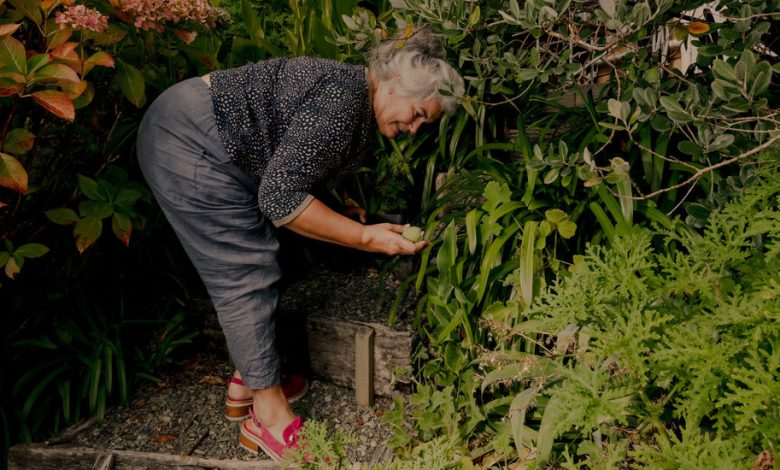New Zealanders Are Crazy for This Fruit. It’s Not the Kiwi.

Autumn in New Zealand heralds the arrival of a green, egg-size fruit that falls off trees in such abundance that it is often given to neighbors and colleagues by the bucket or even the wheelbarrow load. Only in cases of extreme desperation do people buy any.
The fresh fruit, whose flesh is gritty, jellylike and cream-colored, is used in muffins, cakes, jams and smoothies, and it begins appearing on high-end menus each March — the start of fall in the Southern Hemisphere. Off-season, it is found in food and drink as varied as juices and wine, yogurt and kombucha, and chocolate and popcorn.
This ubiquitous fruit is the feijoa (pronounced fee-jo-ah). Known in the United States as the pineapple guava, it was first brought to New Zealand from South America via France and California in the early 1900s.
Its tangy taste is hard to describe, even for die-hard fans. But what is easy to pinpoint is that like the kiwi fruit, which originated in China, and the kiwi, a native bird, the feijoa has become for many here a quintessential symbol of New Zealand, or Aotearoa, as the country is known in the Indigenous Maori language.

Fresh feijoa is used in muffins, cakes, jams, smoothies and cocktails.



